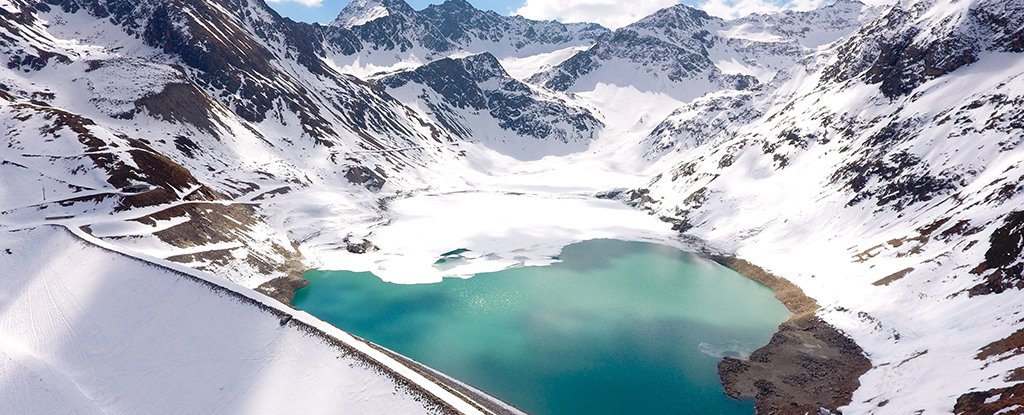
Glaciers melt more quickly when they flow into a lake than when they end up on land, with consequences for water supplies, according to a new study.
The Swiss funded study is the first large-scale, detailed analysis of the phenomenon in mountain glaciers and could help forecast major water shortages and huge flood waves.
It looked at all of the glaciers in the eastern and central Himalayas, which have a surface area of more than three square kilometers.
Warming temperatures cause the leading edge of a glacier to melt, leaving behind deposits of rock debris.
The terminal moraines form a natural barrier. A new lake may be formed when melt water from the glacier accumulates in the depression behind the dam.
According to the study financed by the Swiss National Science Foundation, if the tongue of the glacier extends into the lake, the ice will flow twice as fast as it does on average.
The researchers used satellites to track how quickly debris from the glaciers moved down the valley.
The findings were clear: glaciers that flowed into a lake moved on average almost 20 meters per year; in other words, more than twice as fast as those that terminated on land.
The tongue of the glacier has less resistance to overcome because it is in the water.
This study is the first time that the phenomenon of glaciers moving faster when they enter the sea or a lake has been examined in detail, and on a large scale, in mountain glaciers.
It found that lakes formed in 20% of the Himalayan glaciers, with important consequences for human and natural populations.
The study said that if glaciers flow more rapidly, the water reserves in the ice will be exhausted more rapidly and the rivers will receive less water.
The effect of glaciers has not been taken into account in predictions.
Water shortages in the affected regions of Asia could occur sooner than expected.
When there is a risk of the terminal moraine dam being breached, the findings can be used to calculate how quickly the lakes will fill up.
Agence France-Presse